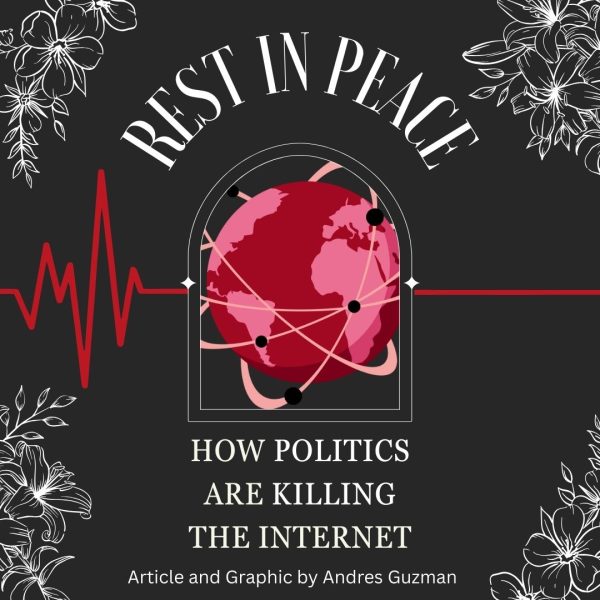The Cure to Cancer is Closer Than You Think
In the late 20th century, “cancer” was a fairly foreign word. The rate of getting cancer back then was very low, with most cases being lung cancer, caused by smoking. Now, childhood leukemia, breast cancer and stomach cancer are on the verge of exceeding the mortality rates of lung cancer. Doctors and scientists have been struggling to find a cure to this deadly disease for decades. On February 8th, 2022, scientists at ISTA (Institute of Science and Technology Austria) announced a breakthrough discovery that could eventually lead to the cure to cancer.
The CDC describes cancer as, “diseases in which abnormal cells divide out of control and are able to invade other tissues.” The first trace of cancer was identified in 1500 BC in ancient Egypt. It was described as a tumor in the breast, the very same as modern breast cancer. Just like most cancerous tumors, it was removed using a “hot drill”, much like our modern-day surgeries. The first modern-day trace of cancer was identified in the 1800s by Johannes Muller, a pathologist. However, during this century, radiation therapy and better surgery practices were introduced, making the treatment much easier. Since then, we’ve come a long way, such as finding that cigarettes cause lung cancer, introducing chemotherapy, and recently, discovering a protein that suppresses the spread of cancerous cells inside the body.
A group of scientists at ISTA, led by Prof. Daria Siekhaus, took a close look at the protein called MFSD1: the mammalian relative of a protein they had previously identified as affecting cell migration in fruit flies. Using that information, Marko Roblek, the first author from the same research group, created mouse cancer cells, but lacked MFSD1. Without the protein, the cells traveled considerably faster, suggesting that MFSD1 prevents cancerous cells from moving. Together with some scientists from the University of Zurich, the team tested their theories in living mice with breast, colon and skin cancers.
How does this work? When asked about it, Marko Roblek responded, “We wanted to know why lower MFSD1 levels were beneficial to the tumor apart from allowing them to move more freely. As cancer cells travel through the blood, for example, they experience a lot of mechanical stress.” The researchers performed a stress test on cancer cells with and without the protein. Using a tiny rubber scraper, Roblek tried to scrape off the cells he’d grown on a Petri dish. While the cells that contained MSFD1 quickly died under the mechanical pressure, those without the protein remained intact. Without the protein, the group concluded that certain tumor cells could easily enter the bloodstream and find their way back to part of the body.
While this discovery is rather minor in the grand scheme of things, this could finally be the baseline of the cure to cancer. “If this marker becomes more established, doctors can use it to help classify how aggressive the cancer is and to decide between different treatment options,” Prof. Daria Siekhaus proposes. The long term goal of this study is to see if protein MSFD1 could be used as a therapeutic target.

(She/her)
Praghna is a senior who is pumped to return to Eagle’s Eye as an Executive Editor! She’s planning on pursuing a degree in chemistry in...











